Topics:
Never Miss a Beat - Get Updates Direct to Your Inbox
FILTER:


How are B2B SaaS Valuation Multiples Calculated?
By Quiet Light
The B2B SaaS industry is growing rapidly, providing significant opportunities for technically savvy entrepreneurs. Whether you currently own a SaaS company or are looking to jump into the market, it is important to have a solid understanding of what impacts B2B SaaS multiples in business valuation.
In this article we discuss:
- How SaaS valuation works
- Factors that influence SaaS multiples
- Current B2B SaaS multiples
- The latest trends in B2B SaaS multiples


How to Calculate SaaS Valuation
Before jumping into the specifics of B2B SaaS multiples, it’s important to address some distinctions between the different kinds of SaaS companies. As you’ll learn, you value different SaaS companies differently.
Lite SaaS vs Company SaaS
When it comes to SaaS company valuation, it is important to determine whether the company is “lite SaaS” or “company SaaS”. Lite SaaS is a term that refers to companies that are relatively smaller, younger, and at an earlier stage of development. Company SaaS refers to businesses that typically generate more revenue, have been around longer, and are more mature in their operations.
More specifically, a SaaS business is ‘company SaaS’ if it passes The Four Tests. These criteria are:
- The Size Test: Annual Recurring Revenue of $1M+
- The Growth Test: YoY revenue growth of 40%+
- The Product Market Fit Test: Monthly Churn of <4%
- The Key Man Test: Dedicated development and customer success teams
While these tests provide useful benchmarks, it is important to note that there are exceptions to these criteria. For example, a company could still be considered company SaaS if it met all of the criteria but didn’t quite hit the 40% growth rate target.
Why is the distinction made between lite SaaS and company Saas, and how is it relevant when it comes to valuation? The short answer comes down to the fact that a given business will operate and perform differently depending on its stage of development. This, in turn, determines the most appropriate method for accurately capturing the company’s value.
Regardless of which category a SaaS business falls into, its value is calculated by taking an earnings figure and multiplying it by a number. This number is called a “multiple”.
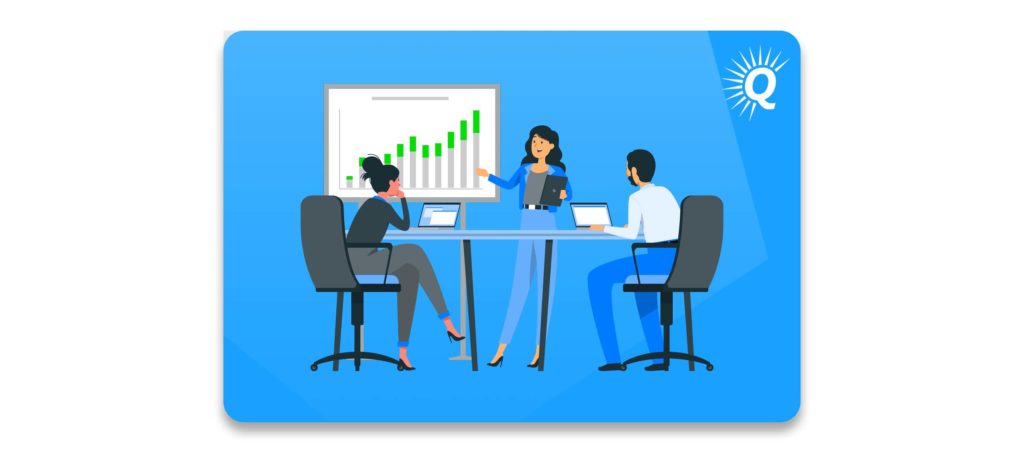

However, the earnings figure used to calculate value changes depending on if the business is lite SaaS or company SaaS. Businesses that qualify as Lite SaaS are valued using an SDE multiple, while businesses that qualify as company Saas are valued using a revenue multiple.
As a side note, when discussing valuation, it is important not to confuse a revenue multiple with an EV/R multiple. EV/R multiple is the ratio of Enterprise Value divided by revenue, and is used when discussing a public company.
SDE Multiple Method
The SDE multiple method states that Value = SDE x Multiple. First, let’s unpack what SDE really is.
The Seller’s Discretionary Earnings is a figure that captures the total money-generating capacity of a business after taking into account discretionary expenses. More precisely, SDE = profits + taxes + interest expenses + owner’s benefit + non-cash expenses + one-time investments + unrelated costs.
Thinking of Selling Your Business?
Get a free, individually-tailored valuation and business-readiness assessment. Sell when you're ready. Not a minute before.
When a B2B SaaS company is in its earlier stages, the performance of the company may vary significantly. The performance of the SaaS startup may vary as the business tries to establish a product-market fit, deal with customer churn, and develop its operations. While this is normal for a newer company, it does mean that the best SDE is the best indicator of earnings when calculating value.
Revenue Multiple Method
As the company matures, things start to change. In an effort to scale, reduce churn, improve the customer experience, and standardize processes, it is typical for the SaaS business to have significantly higher expenses. While this is normal, it can have a fairly dramatic negative impact on short-term profitability.
Keep in mind that a SaaS business may be willing to maintain a high customer acquisition cost. As such, the average new customer may not be profitable in the short term. Due to the recurring revenue, however, the customer eventually generates a profit for the company over their “customer lifespan”.
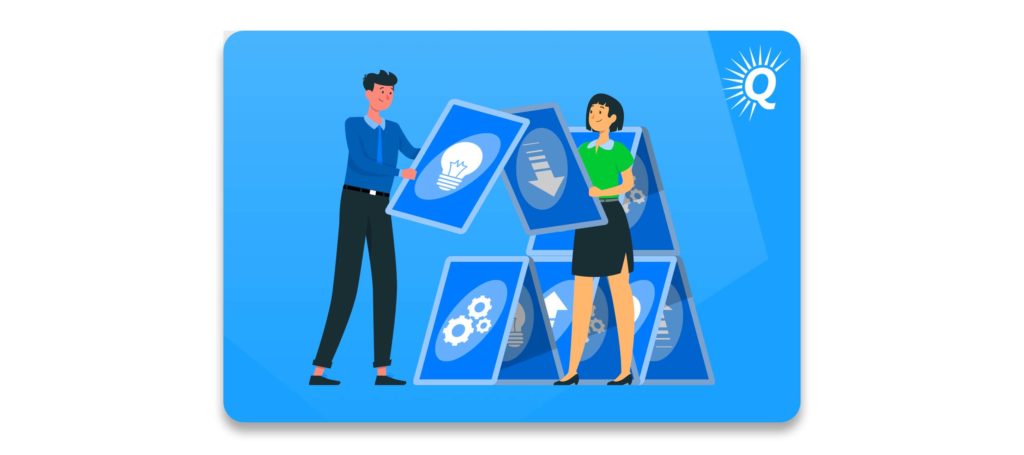

In this scenario, profits are reinvested back into the company to fuel growth. This keeps SDE low. However, as a result of this reinvestment, the company can grow rapidly. When this happens, the current revenue is a much better predictor of future earnings for the company than SDE. As such, revenue becomes a more accurate metric to calculate value.
Like the SDE multiple method, the revenue multiple method calculates the total value by taking the company’s revenue and multiplying it by the multiple. There are several methods to calculate revenue, including:
- Annualizing current Monthly Recurring Revenue
- Trailing 12-month revenue
- Forward-looking 12-month revenue
When it comes to calculating B2B SaaS multiples, there are a variety of factors at play.
Factors That Influence SaaS Multiples
While calculating the SDE or revenue when valuing a company requires some accounting knowledge, it is a problem that has a specific answer. Calculating the multiple is a little different.
Essentially, the multiple is a number that reflects the expected value of a company. There is no hard and fast formula to derive the multiple. It is a combination of art and evaluating business metrics. However, there are several factors that influence the multiple.
Together, these factors make up the Four Pillars of Value. They include:
- Growth
- Risk
- Transferability
- Documentation
Growth
Whether you are purchasing a software company or are starting one on your own, strong growth is important in order to realize a return on your investment. By looking at the past and current growth trends of a company, you can get a sense of what you can expect from the performance of that company moving forward.
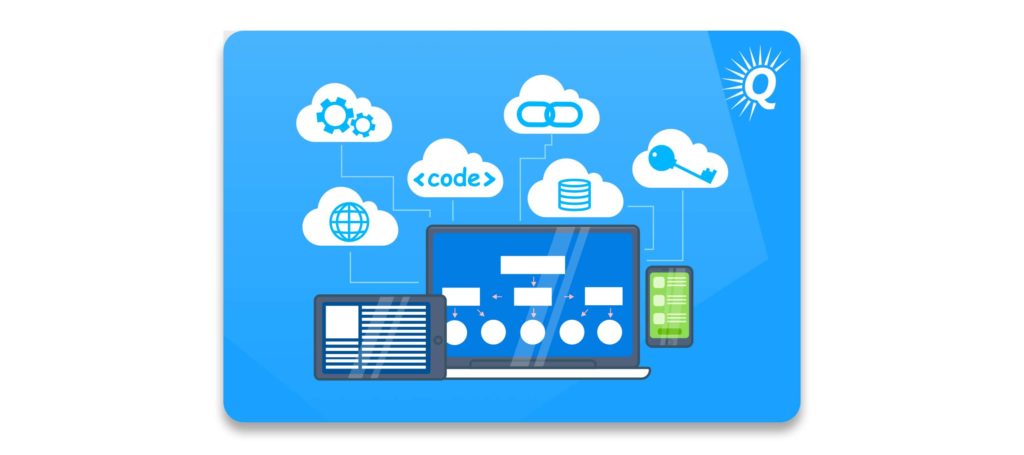

As we saw before, growth is an important component when it comes to the value of a SaaS company. Without strong growth, the model of taking a loss upfront to acquire customers who will eventually turn a profit can start to break down. For this reason, most investors seeking to purchase a SaaS company look for robust growth.
When it comes to SaaS companies, it is important to reduce churn in order to drive strong growth. Churn is the number of customers who leave the service in a given period of time divided by the number of remaining customers. If a company is good at acquiring customers but has a high churn rate, its growth suffers.
In addition to past growth trends, prospects for future growth will also affect the valuation multiple. If a company has areas of easily accessible untapped growth, the multiple could be pushed even higher.
Risk
Every business venture entails some risk. All else being equal, however, the more risky a business is, the lower the multiple will be. Generally speaking, a business carries more risk if its success rests on any one point of failure.
For that reason, it is important to reduce risks by removing single points of failure. Often times this involves diversifying marketing and customer acquisition channels. For example, if a company relies solely on content marketing, it may want to branch out into paid advertising and social media marketing in order to create diversity in acquisition channels.
Transferability
All else being equal, a business that is easy to transfer from one owner to another will receive a higher valuation, and vice versa.
A business is more easily transferred if it has clear operating procedures and is run in an organized fashion. If you are a business owner looking to increase the value of your business, make sure that you have your systems set up in such a way that would make it easy for a new owner to take over management.
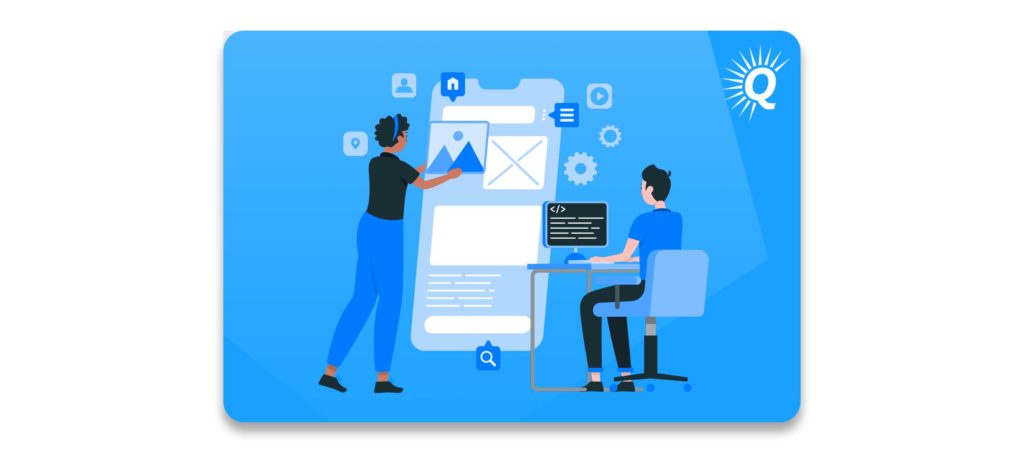

One of the ways that you can do this is by standardizing your operations and engaging in outsourcing development. Delegating tasks and creating dedicated teams help to increase transferability.
Documentation
A company that can provide clear documentation of its business performance, from its sales process to its accounting figures, is more valuable, other factors being equal. Clear documentation makes it easier for potential buyers to verify finances and business performance.
In addition, proper documentation helps the buyer feel confident that the owner manages the SaaS firm in a responsible fashion. If the owner has taken the time to document their operations, then they are likely to have taken the same approach to other aspects of the business.
Current B2B SaaS Multiples
B2B SaaS multiples vary widely for each company. Depending on the company’s SaaS metrics and the underlying market trends, one company may fetch a multiple that is quite a bit higher than another company. Regardless, the market is currently booming, with many private equity firms, individuals, and others seeking to raise capital in order to fund the purchase of SaaS companies.
SaaS Multiple Ranges
Current average SaaS multiples vary depending on whether the business is lite SaaS or company SaaS. While the Four Pillars are important when calculating the multiple for both types of SaaS business, there are some unique factors to take into account for each.


For lite SaaS, these factors include:
- Business age
- SDE growth and YoY revenue
- Monthly revenue churn
- The number of hours the owner works on average
Depending on these factors, multiples can vary from 3.0X and 5.0X.
For company SaaS, a good benchmark is to start with the median public market SaaS multiples. Then, make adjustments according to several factors, including:
- Market size
- Revenue mix
- Gross margin
- Profitability
- Revenue growth
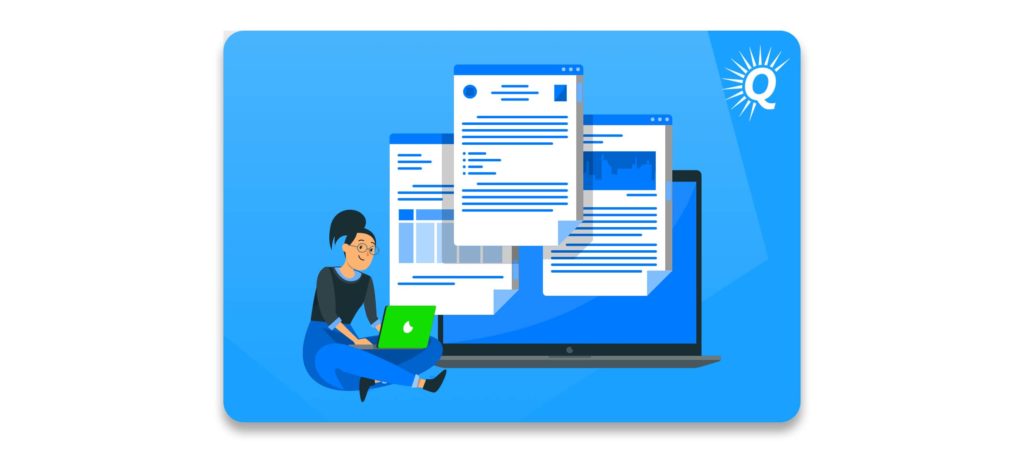

In addition, a private SaaS company will most likely receive a lower multiple than a public SaaS company.
Latest Trends in B2B SaaS Multiples
While key SaaS metrics such as growth, churn rates, and company age all impact the multiple of any individual company, the state of the overall market has an impact as well.
Current Trends
The changes that the world has experienced over the last several years have had far-reaching consequences, including in the world of SaaS. While there have been many challenges for everyone, the B2B SaaS marketplace has boomed as work moves online. SaaS forecasting results have rarely looked so optimistic.
Thinking of Selling Your Business?
Get a free, individually-tailored valuation and business-readiness assessment. Sell when you're ready. Not a minute before.
As a result, the perceived value of many B2B SaaS companies has sky-rocketed, driving up multiples. Regardless of whether you are looking to sell your SaaS company or jump into the market, the industry is primed for future growth.





